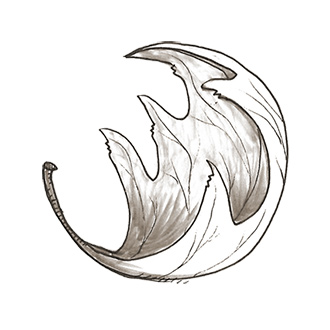
Related Questions
- How can the average homeowner become energy-independent?
- Is corn the best source for ethanol?
- Are nanoparticles harmful to the environment?
- How many solar panels do I need on my house to become energy independent?
- How can harmful substances be removed from waste water?
- How can we prevent walls from collapsing in earthquakes?
- Are we harming the structure of the earth by taking so much oil out of it?
- Once air reaches the dew point, will the rate of condensation change if the temperature is lowered?
- How long does it take oil from an underwater spill to reach the surface?
- Can nuclear waste be put to some positive use instead of just polluting the environment?
What are the chances that a large asteroid will collide with Earth—and will we see it coming?
It happens all the time—and maybe yes, maybe no…
By Deborah HalberIn fact, small asteroids collide with the Earth all the time, though they typically break up when they enter the atmosphere. However, experts predict that a near-Earth object (NEO) larger than one kilometer wide could collide with Earth every few hundred thousand years and a NEO larger than six kilometers, which could cause mass extinction, every hundred million years.
“There’s no increase in the number of asteroids out there or how frequently they encounter our planet. What’s changed is our awareness of them,” said Richard Binzel, a professor in MIT’s Department of Earth, Atmospheric, and Planetary Sciences. Astronomers are spotting more and more NEOs through projects such as the Lincoln Near Earth Asteroid Research project at MIT’s Lincoln Laboratory.
The latest MIT contribution to avoiding a “Deep Impact” scenario are silicon chips developed at Lincoln Laboratory for a new survey telescope that will soon provide a more than five-fold improvement in scientists’ ability to detect asteroids and comets that could someday pose a threat to the planet. The prototype telescope installed on Haleakala mountain, Maui, features the world’s largest and most advanced digital camera, using the Lincoln Laboratory silicon chips. This telescope is the first of four that will be housed together in one dome. The system, called Pan-STARRS (for Panoramic Survey Telescope and Rapid Response System), is being developed at the University of Hawaii’s Institute for Astronomy.
When the system becomes fully operational, the entire sky visible from Hawaii (about three-quarters of the total sky) will be photographed at least once a week, and all images will be entered into powerful computers at the Maui High Performance Computer Center. Scientists at the center will analyze the images for changes that could reveal a previously unknown asteroid. They will also combine data from several images to calculate the orbits of asteroids, looking for indications that an asteroid may be on a collision course with Earth.
< p class=”askpostdate”> Posted: December 16, 2008